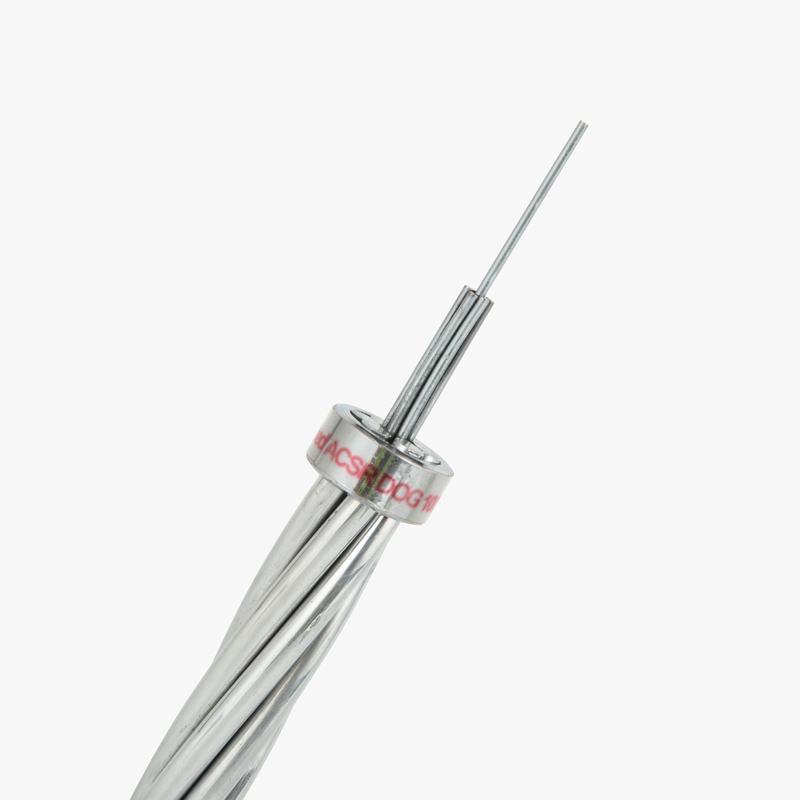Scenarios Requiring Temporary Cable Installation
Temporary cables are essential in dynamic environments where fixed electrical wiring is impractical or unavailable. These include construction sites, outdoor events, disaster recovery operations, and emergency power restoration. They offer quick and flexible deployment but must comply with safety and performance standards to prevent electrical hazards and ensure uninterrupted power delivery.
Selection and Standards for Temporary Cables
Choosing the correct type of temporary cable is critical to safety and operational efficiency. Cables must be selected based on their environmental resistance, voltage capacity, and application-specific demands. For construction sites, cables should be oil-resistant, flame-retardant, and abrasion-resistant, such as heavy-duty H07RN-F rubber cables. For events and exhibitions, flexibility and aesthetic concealment are prioritized, using lightweight flame-retardant cables that are easy to deploy and coil. Emergency repair cables should be mechanically durable, resistant to moisture and chemicals, and capable of quick deployment and retrieval.
Below is a comparison of cable types suited for various temporary uses:
| Application Scenario | Recommended Cable Type | Key Features | Typical Standards |
|---|---|---|---|
| Construction Site | H07RN-F Rubber Cable | Oil-resistant, flame-retardant, mechanical wear protection | IEC 60245, GB/T 5013 |
| Event Power Supply | Flexible PVC Cable | Flame-retardant, lightweight, easy to deploy | IEC 60332, EN 50525 |
| Emergency Repair | Waterproof Tinned Copper Cable | Moisture-resistant, robust insulation, quick-connect terminals | GB/T 18380, UL 62 |
Installation Methods and Precautions for Temporary Cables
Temporary cables should be routed in a way that avoids tripping hazards, sharp bends, and mechanical strain. When laid outdoors or across paths, cables must be elevated or protected using cable ramps or ducts. Overhead installations require proper support systems, such as insulated hooks or trays. Connections should be weatherproof and strain-relieved. Where multiple cables run together, identification labeling and separation based on voltage class are essential to prevent confusion and overheating. Routine visual checks must be carried out for insulation damage or loosening of terminals.
Electrical Safety Precautions for Temporary Cables
Temporary cables must be protected by residual current devices (RCDs) or ground fault circuit interrupters (GFCIs). All installations must include overcurrent protection to prevent fire hazards. Cable load must be calculated to prevent overheating. Ensure all connections use certified plugs and sockets, and never allow direct exposure of conductors. Grounding must be verified before energizing temporary systems, especially in damp or conductive environments.
Personnel Safety and Training: Accident Case Study
Untrained staff can turn a temporary cable system into a hazard. In one case from a factory expansion site, a worker used an undersized cable for welding equipment without proper connectors. The cable overheated, melted the insulation, and caused a short circuit, leading to an equipment fire and a one-day shutdown. Proper training in cable selection, load calculation, and inspection could have prevented this accident. Personnel must be educated in both electrical and site safety procedures to ensure compliance and reduce incidents.
Summary and Client Recommendations
Choose certified, scenario-appropriate temporary cables, install them with proper support and protection, and ensure trained staff handle setup and maintenance to achieve safe and efficient operations.




